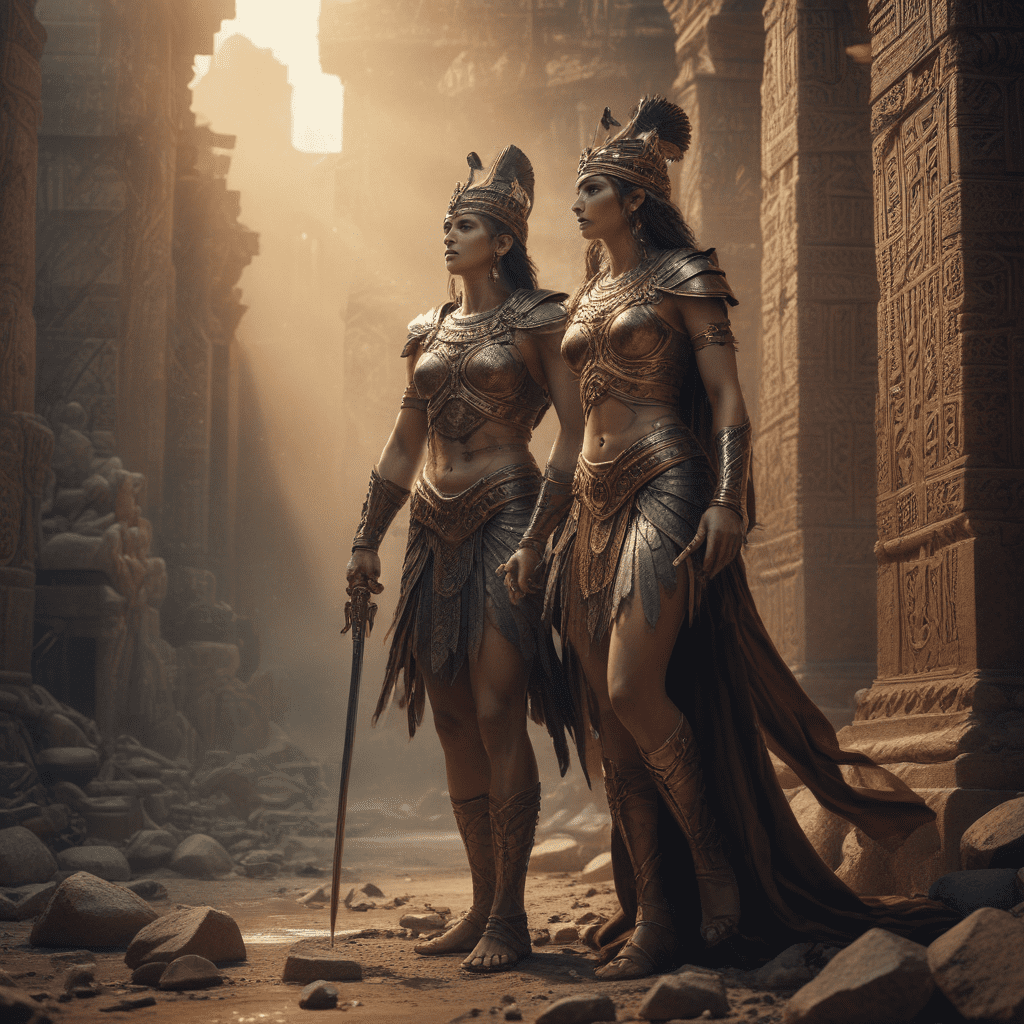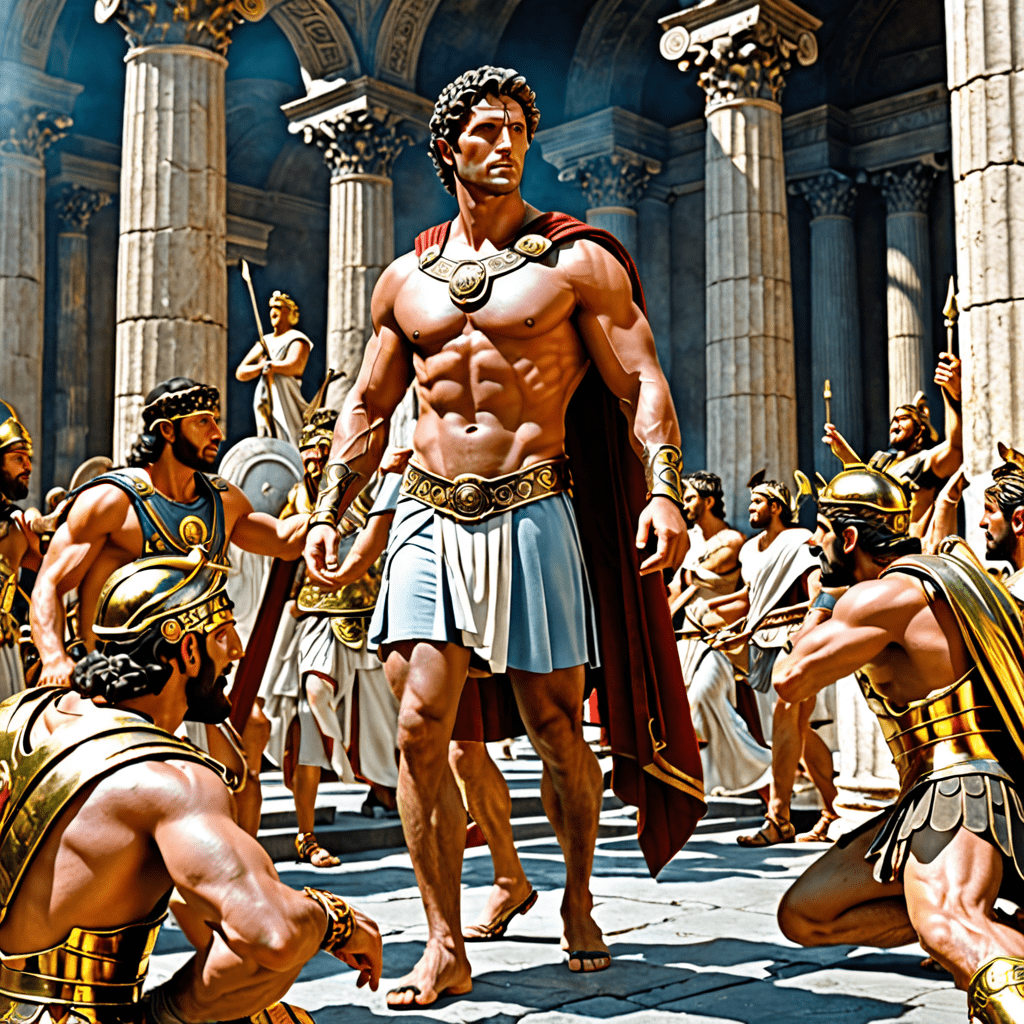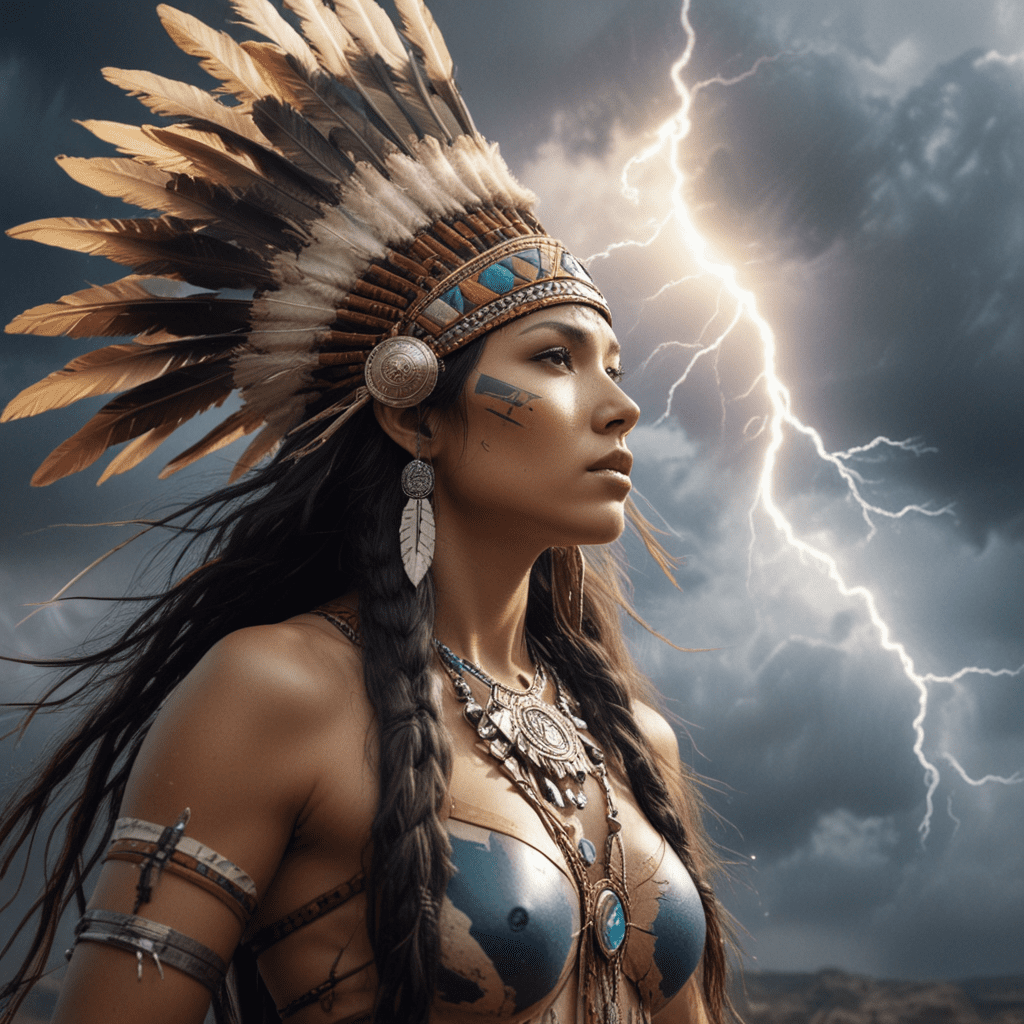I. Introduction:
The Mesopotamian Pantheon and its Diverse Deities
Mesopotamian mythology, spanning thousands of years, boasts a vibrant pantheon of deities reflecting the region's complex cultural and religious landscape. This rich tapestry of gods and goddesses embodied various aspects of human life, from creation and fertility to justice and warfare. Among these diverse figures, Erra and Ishum stand out as powerful deities associated with destruction and disease, playing pivotal roles in Mesopotamian narratives.
Erra and Ishum: Gods of Destruction and Disease
Erra, the god of war and pestilence, embodies the destructive forces of chaos and calamity. He is often depicted as a fierce and merciless warrior, bringing war, famine, and disease upon humanity. Ishum, on the other hand, represents the specific power of pestilence and plague. He is associated with epidemics and the suffering they inflict, embodying the fear of disease that permeated ancient Mesopotamian society.
II. The Erra Epic: A Tale of War and Calamity
Synopsis of the Epic and its Major Events
The Erra Epic, a renowned Mesopotamian literary work, narrates the tale of Erra's rise to power and his subsequent rampage of destruction. The epic begins with Erra, residing in his underworld abode, becoming enraged by the offerings given to other gods. Consumed by jealousy and ambition, he sets out to conquer Babylon, the center of Mesopotamian civilization.
His conquest is marked by violence and devastation. He unleashes plagues, storms, and famine upon the land, causing widespread suffering and death. The gods, witnessing the chaos Erra unleashes, appeal to Anu, the sky god, to intervene. Anu eventually dispatches the god Ishum to confront Erra and restore order.
Erra's Role as the Bringer of War and Chaos
Erra's actions in the epic highlight his role as the embodiment of war and chaos. He is not merely a warrior; he revels in destruction and delights in causing suffering. His wrath knows no bounds, and his power to inflict pain upon humanity is immense. The epic serves as a cautionary tale, reminding readers of the devastating consequences of unchecked ambition and the ever-present threat of chaos that lurks beneath the surface of order.
VI. Theological Implications:
The Role of Erra and Ishum in the Mesopotamian Pantheon
The presence of Erra and Ishum in the Mesopotamian pantheon reflects the complex and multifaceted nature of the Mesopotamian worldview. While many deities represented benevolent forces associated with creation, fertility, and order, Erra and Ishum embodied the destructive aspects of existence. Their presence served as a reminder of the fragility of human life and the ever-present threat of chaos and suffering.
Erra and Ishum were not necessarily considered evil deities. Rather, they were seen as forces of nature, operating within a larger cosmic framework. Their destructive actions were often perceived as a necessary part of maintaining balance and order in the universe. This perspective aligns with the Mesopotamian belief in the cyclical nature of existence, where destruction and creation were seen as interconnected and essential aspects of the cosmic cycle.
Their Relationship with Other Deities and the Divine Hierarchy
Erra and Ishum occupied a unique position within the Mesopotamian pantheon. While they were powerful deities capable of inflicting immense suffering, they were also subordinate to the higher gods, such as Anu and Enlil. The Erra Epic depicts Erra challenging the authority of these gods, but ultimately, he is forced to submit to their will. This dynamic highlights the hierarchical structure of the Mesopotamian pantheon, where the power of individual deities was ultimately constrained by the overarching cosmic order.
VII. Iconography and Artistic Representations:
Depictions of Erra and Ishum in Mesopotamian Art
Erra and Ishum were frequently depicted in Mesopotamian art, often in association with scenes of war, pestilence, and destruction. Erra was typically portrayed as a fierce warrior, armed with weapons and clad in armor. Ishum, on the other hand, was often depicted as a skeletal figure, symbolizing the wasting effects of disease.
These artistic representations served multiple purposes. They reinforced the power and danger associated with these deities, reminding viewers of the potential for chaos and suffering. They also served as visual reminders of the importance of maintaining order and appeasing the gods to avoid their wrath.
Analysis of Symbolic Elements and Interpretations
The symbolic elements associated with Erra and Ishum offer deeper insights into their roles and meanings within Mesopotamian mythology. Erra's association with weapons and armor emphasizes his destructive power, while Ishum's skeletal form highlights the devastating impact of disease. The presence of these symbols in Mesopotamian art underscores the importance of these deities in shaping the cultural and religious landscape of ancient Mesopotamia.
VIII. Literary and Cultural References:
The Influence of the Erra Epic on Mesopotamian Literature
The Erra Epic stands as a significant work of Mesopotamian literature, influencing other literary compositions and shaping broader cultural perspectives on war, disease, and the nature of the gods. The epic's themes of chaos, destruction, and divine intervention resonated with audiences, offering insights into the Mesopotamian worldview and the anxieties surrounding human vulnerability.
The Erra Epic also influenced the development of other Mesopotamian myths and legends. The epic's depiction of Erra as a rebellious and destructive force inspired similar portrayals of other deities who challenged the established order. The epic's exploration of the consequences of unchecked ambition served as a cautionary tale, reminding rulers and individuals alike of the importance of maintaining balance and respecting divine authority.
Connections to Other Mythological Traditions and Narratives
The Erra Epic exhibits connections to other mythological traditions and narratives, highlighting the interconnectedness of ancient Near Eastern cultures. The epic's themes of divine conflict, human suffering, and the restoration of order find parallels in the myths of other Mesopotamian deities, such as Marduk and Tiamat. The epic's depiction of a destructive deity who threatens cosmic order also resonates with narratives found in Greek mythology, such as the story of Prometheus and Zeus.
These connections underscore the shared cultural and religious beliefs that shaped the ancient Near East, demonstrating how myths and legends served as vehicles for transmitting values, beliefs, and anxieties across different societies.
IX. Modern Interpretations and Relevancy:
Contemporary Perspectives on the Myth of Erra and Ishum
Modern interpretations of the Myth of Erra and Ishum continue to offer insights into the human condition and the enduring power of ancient myths. The epic's themes of war, disease, and the struggle between order and chaos remain relevant in contemporary society, prompting reflection on the challenges and complexities of human existence.
The myth's portrayal of Erra as a destructive force can be interpreted as a metaphor for the dangers of unchecked ambition, greed, and the pursuit of power at any cost. Ishum's role as the bringer of disease can be seen as a reminder of the fragility of human life and the ever-present threat of pestilence and suffering.
X. Conclusion:
A Summary of the Key Points
The Myth of Erra and Ishum offers a compelling exploration of the destructive forces of war and disease in Mesopotamian mythology. Erra, the god of war and pestilence, embodies chaos and destruction, while Ishum represents the specific power of pestilence and plague. The Erra Epic narrates Erra's rise to power and his subsequent rampage of destruction, highlighting his role as the bringer of war and chaos.
Erra and Ishum occupied a unique position within the Mesopotamian pantheon, reflecting the complex and multifaceted nature of the Mesopotamian worldview. Their presence served as a reminder of the fragility of human life and the ever-present threat of chaos and suffering. The myth's themes of war, disease, and the struggle between order and chaos remain relevant in contemporary society, prompting reflection on the challenges and complexities of human existence.
Reflections on the Importance of Understanding Mesopotamian Myths
Understanding Mesopotamian myths, such as the Myth of Erra and Ishum, provides valuable insights into the cultural, religious, and philosophical beliefs of ancient Mesopotamia. These myths offer a window into the human experience, revealing anxieties, hopes, and values that shaped the lives of people in the ancient world. Studying these myths allows us to appreciate the richness and diversity of human imagination and to gain a deeper understanding of the enduring power of storytelling.
FAQ
What are the main themes of the Myth of Erra and Ishum?
The main themes of the myth include war, disease, chaos, destruction, and the struggle between order and chaos.
How does the Myth of Erra and Ishum reflect the Mesopotamian worldview?
The myth reflects the Mesopotamian belief in the cyclical nature of existence, where destruction and creation were seen as interconnected and essential aspects of the cosmic cycle. It also highlights the Mesopotamian understanding of the fragility of human life and the ever-present threat of chaos and suffering.
What is the significance of the Myth of Erra and Ishum in contemporary society?
The myth's themes remain relevant in contemporary society, prompting reflection on the challenges and complexities of human existence. Erra can be seen as a metaphor for the dangers of unchecked ambition and greed, while Ishum serves as a reminder of the fragility of human life and the threat of pestilence and suffering.
How do the artistic representations of Erra and Ishum contribute to our understanding of the myth?
The artistic representations of Erra and Ishum reinforce their power and danger, reminding viewers of the potential for chaos and suffering. They also serve as visual reminders of the importance of maintaining order and appeasing the gods to avoid their wrath.
What are some of the connections between the Myth of Erra and Ishum and other mythological traditions?
The myth exhibits connections to other Mesopotamian myths, such as the stories of Marduk and Tiamat, as well as to Greek mythology, such as the story of Prometheus and Zeus. These connections highlight the shared cultural and religious beliefs that shaped the ancient Near East.



